As I develop my curatorial project on Myth and Art in Scotland, I have been deeply inspired by Folklore Scotland, an organisation run by dedicated volunteers from diverse backgrounds, including creative writing, illustration, and law. Their mission to preserve and promote Scottish myths and legends has provided valuable insights, particularly through their project, The Art of Albion.
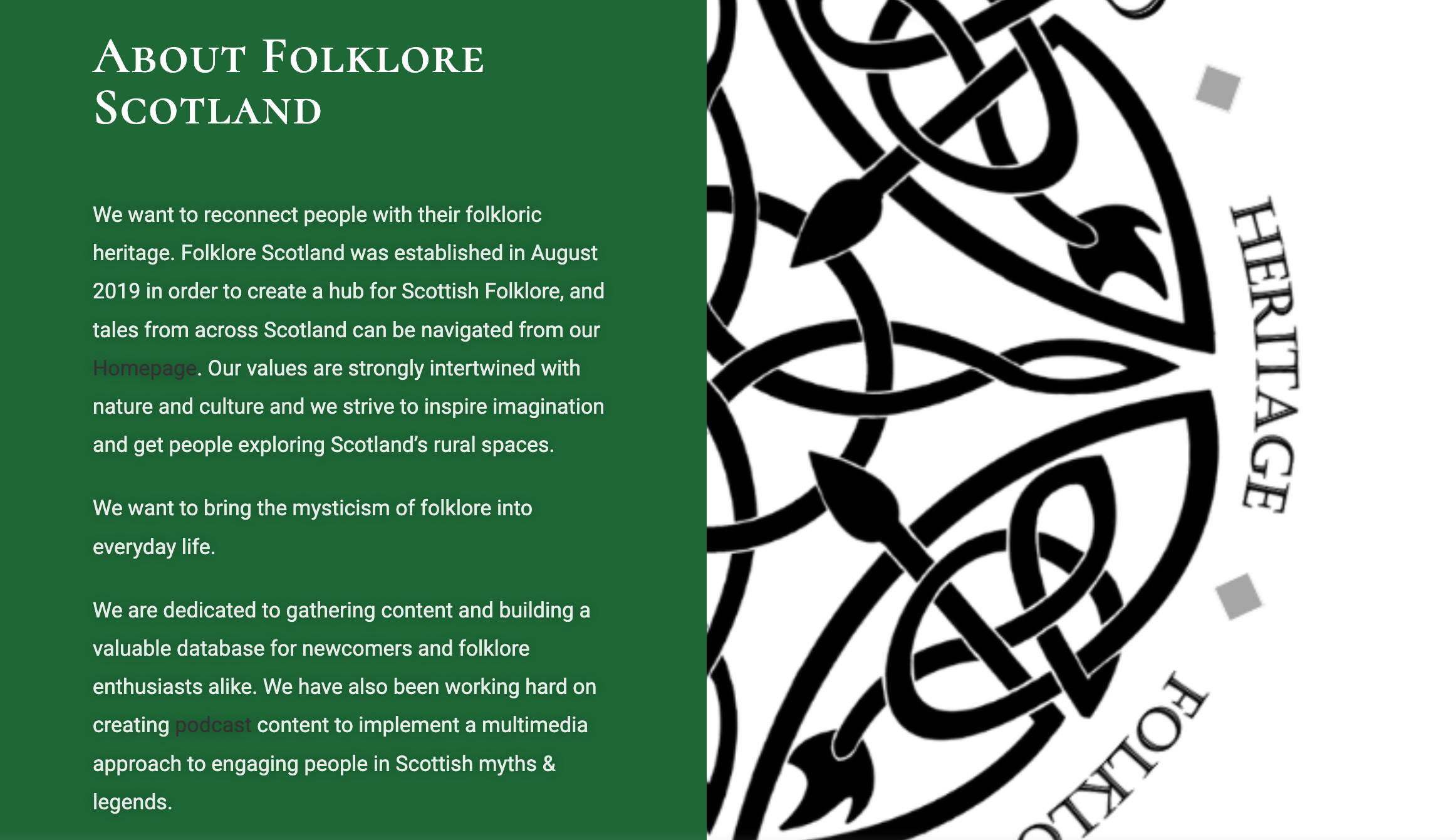
About Folklore Scotland
Storytelling through Visual Art
Folklore Scotland brings myths to life through vibrant illustrations that transport viewers into the stories. This aligns perfectly with my goal to design an immersive exhibition that merges art and narrative. Their approach demonstrates how visual storytelling can engage audiences and make cultural heritage both dynamic and accessible.
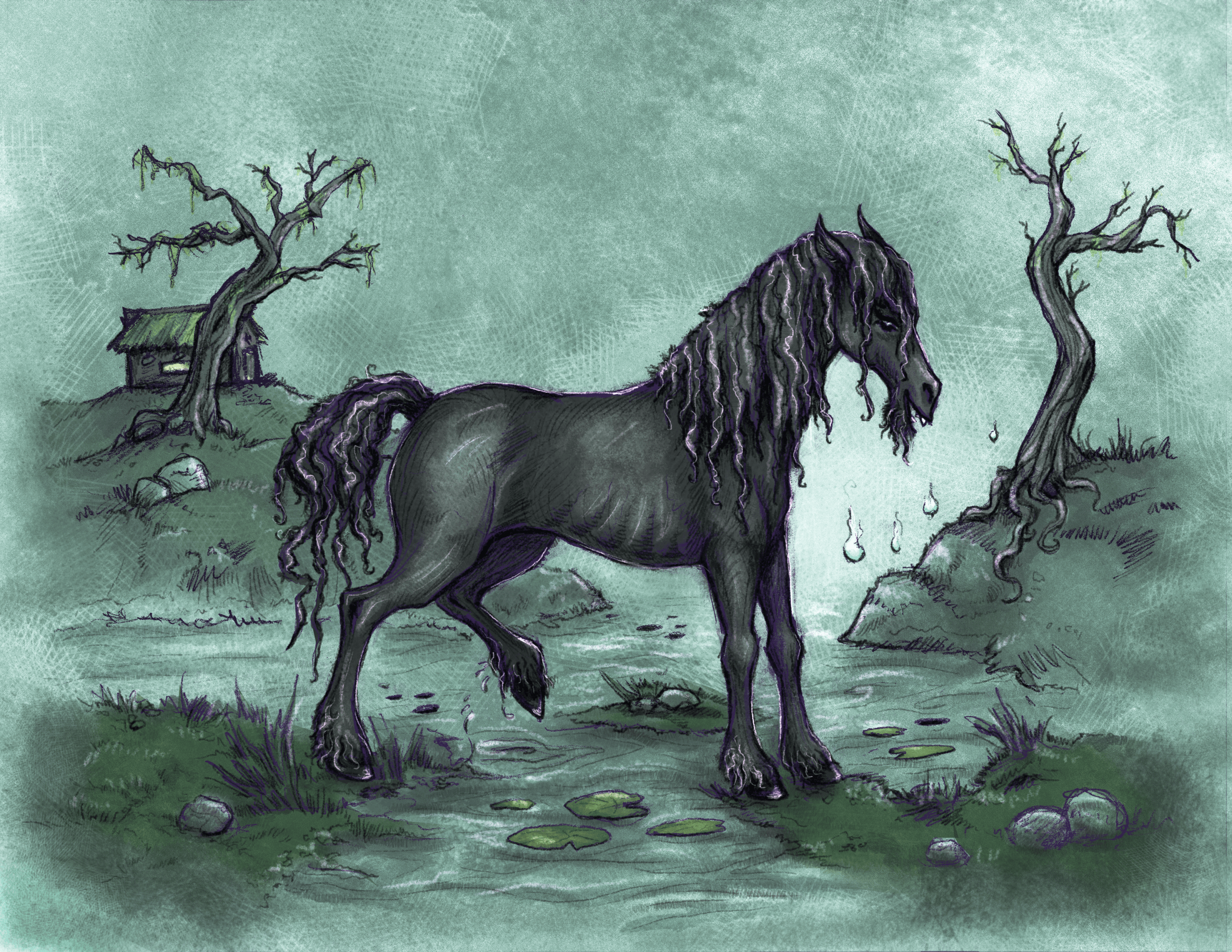
The Kelpie of Loch Ness, Linley Barba.
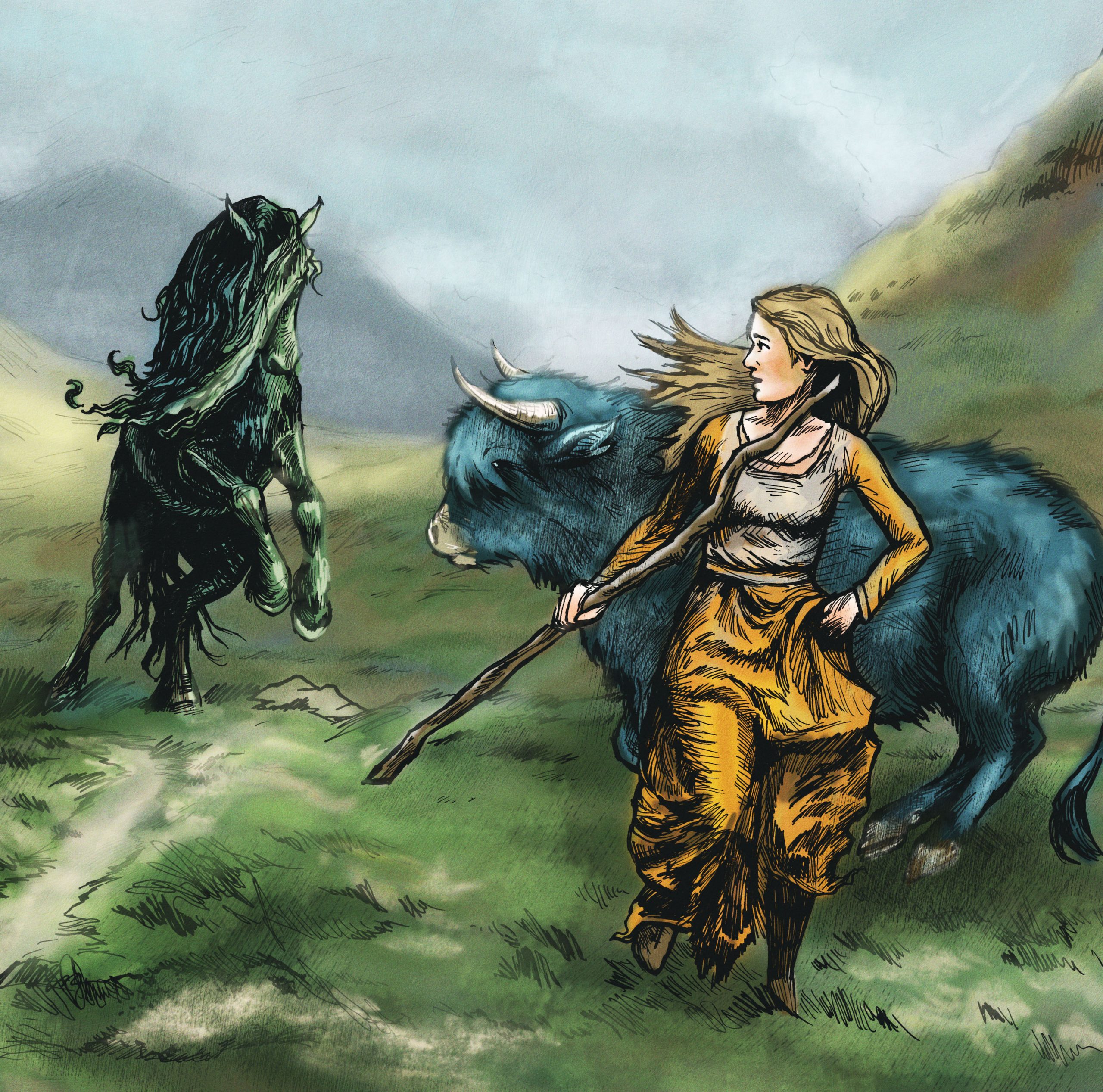
The Kelpie and the Water Bull, Linley Barba.
Incorporating Digital and Interactive Elements
Originally designed for the Albion Adventures app, The Art of Albion showcases how digital tools can enrich engagement with folklore. This has inspired me to explore interactive elements, such as augmented reality (AR), digital maps, or a companion app that guides viewers through myths and artworks.
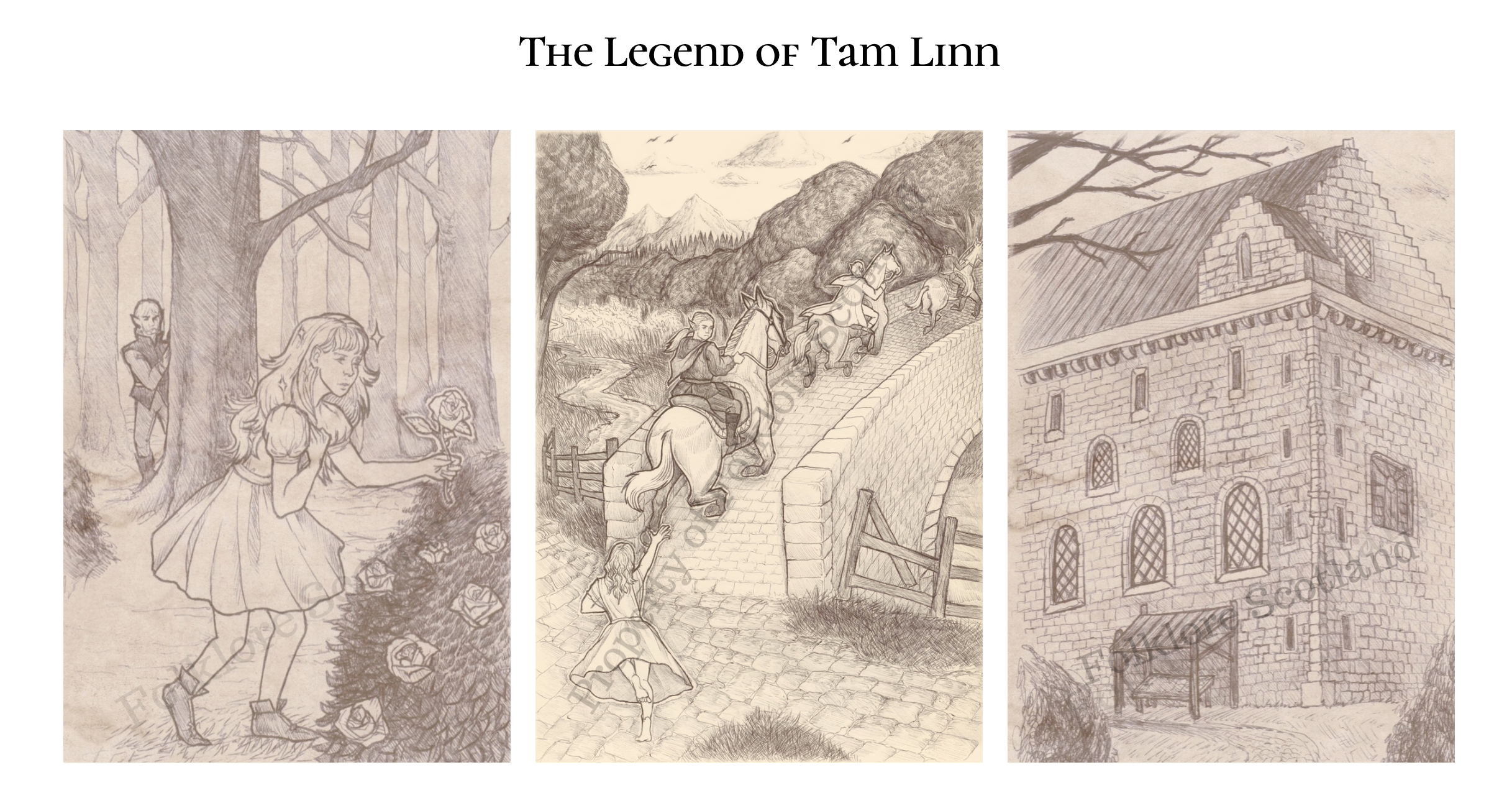
The Legend of Tam Linn, Rebecca McManus.
Focusing on Localised Themes
Through their Snapshot Myth series, Folklore Scotland highlights the power of specificity. This has encouraged me to narrow my focus to a particular myth or region. For instance, I could explore the Kelpie legend and its connection to the Highlands’ rugged landscapes, creating a more cohesive and meaningful experience for visitors.
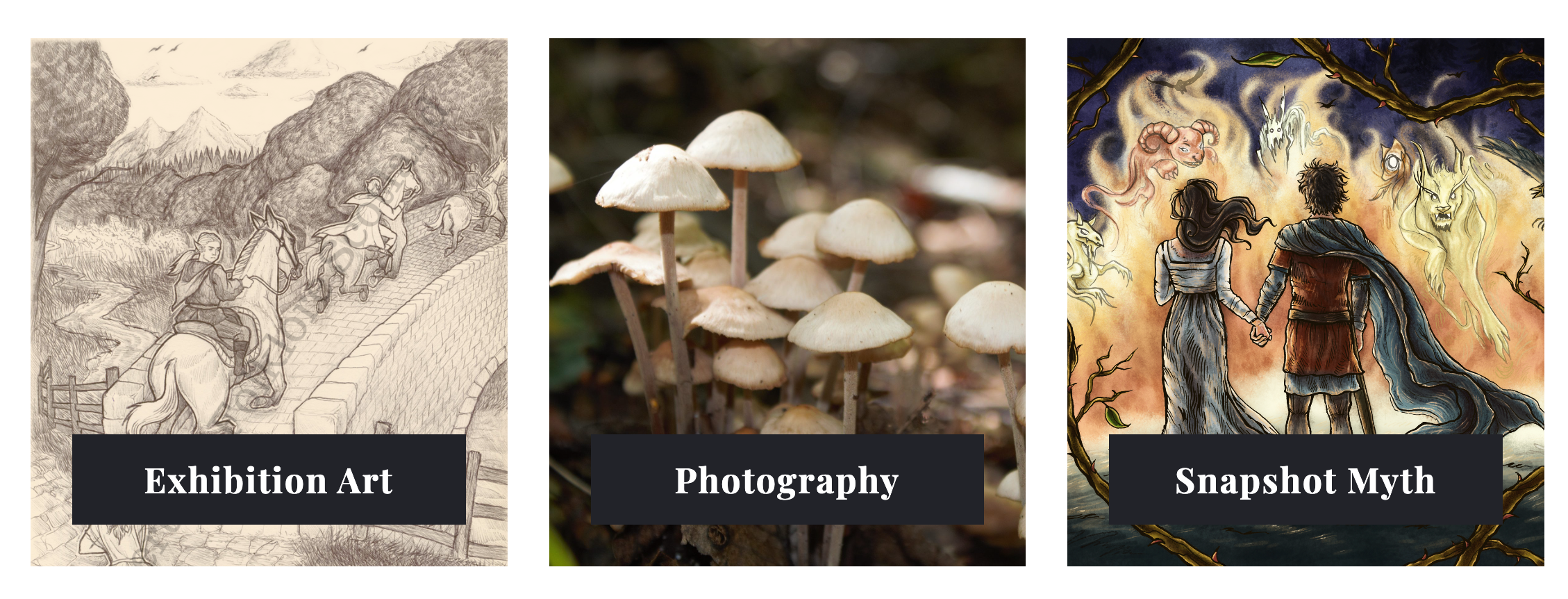
Exhibition Art, Photography, Snapshot Myth.
Community Collaboration
The organisation’s collaborative model underscores the importance of involving local artists, storytellers, and community members. Inspired by this, I plan to incorporate commissioned artworks, storytelling workshops, and participatory elements, such as a Myth Memory Wall, where visitors can contribute their own interpretations and reflections.
What should I do as an Emerging Curator?
Folklore Scotland’s grassroots approach reminds me that impactful projects can be modest in scale. I could begin with a small exhibition in a local gallery or community space, focusing on a single myth and involving a select group of artists.
This blend of narrative, interactivity, and community engagement will help me create a project that celebrates Scottish mythology while fostering a deeper connection with its cultural heritage.
References
Folklore Scotland. Accessed February 6, 2025. https://folklorescotland.com/.
![{"data":{"activityName":"","pictureId":"9DB71A4F-A943-43C3-A2CE-B5A133567D37","product":"retouch","infoStickerId":"","enter_from":"enter_launch","appversion":"11.6.1","imageEffectId":"","capability_key":["portrait","edit"],"os":"ios","stickerId":"","playId":"","filterId":"","capability_extra_v2":{}},"source_type":"douyin_beauty_me"} An image of a nighttime scene featuring a group of people carrying lit torches, silhouetted against a dark hill. The text "FOLKLORE SCOTLAND" is written prominently in bold, white, handwritten-style font across the top of the image. Below, a smaller caption reads: "Explore the world of Scottish mythology together." The overall atmosphere is mysterious and evokes themes of mythology and folklore.](https://blogs.ed.ac.uk/s2670174_curating-2024-2025sem2/wp-content/uploads/sites/11207/2025/02/IMG_9836-scaled.jpg)








